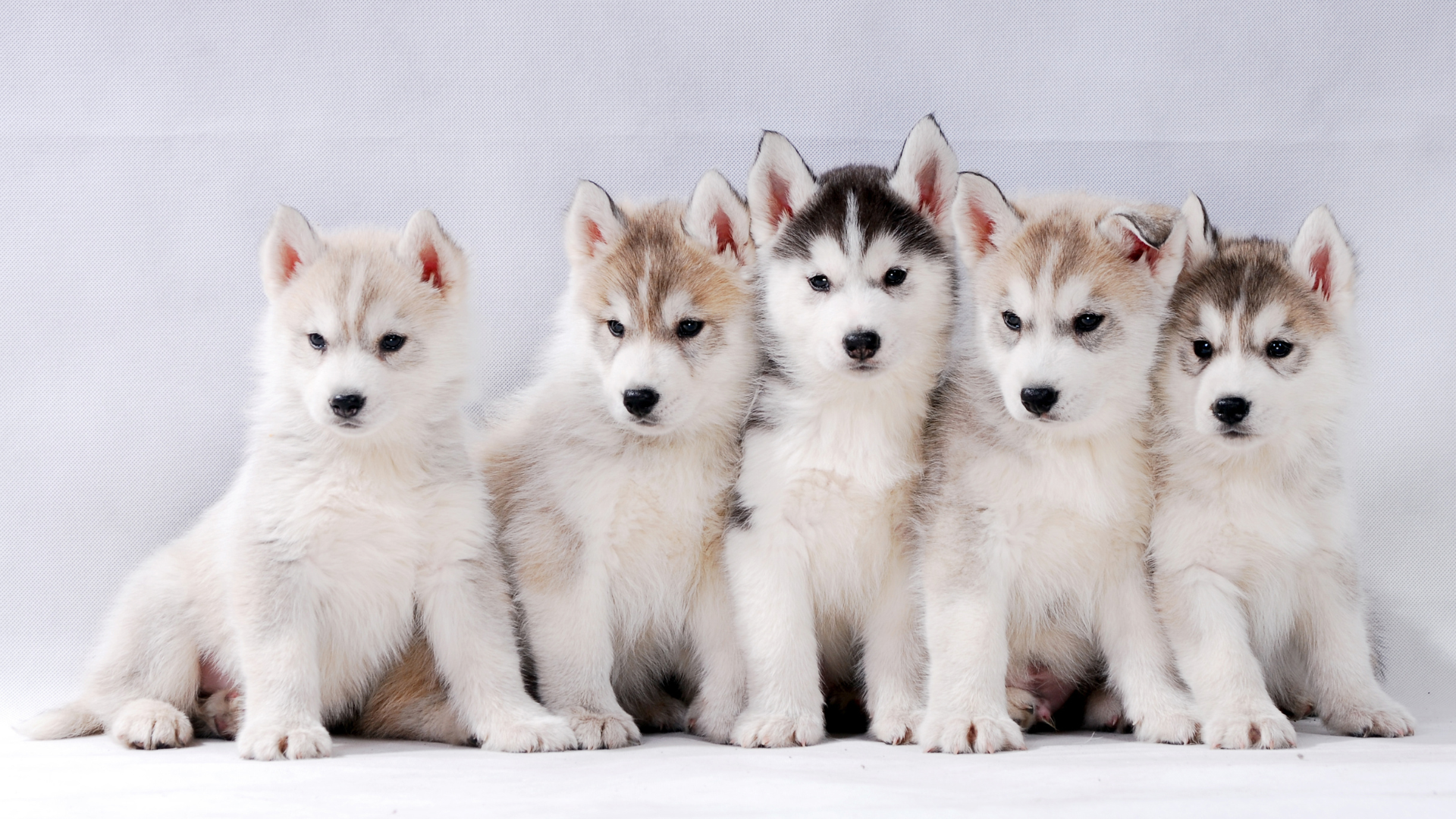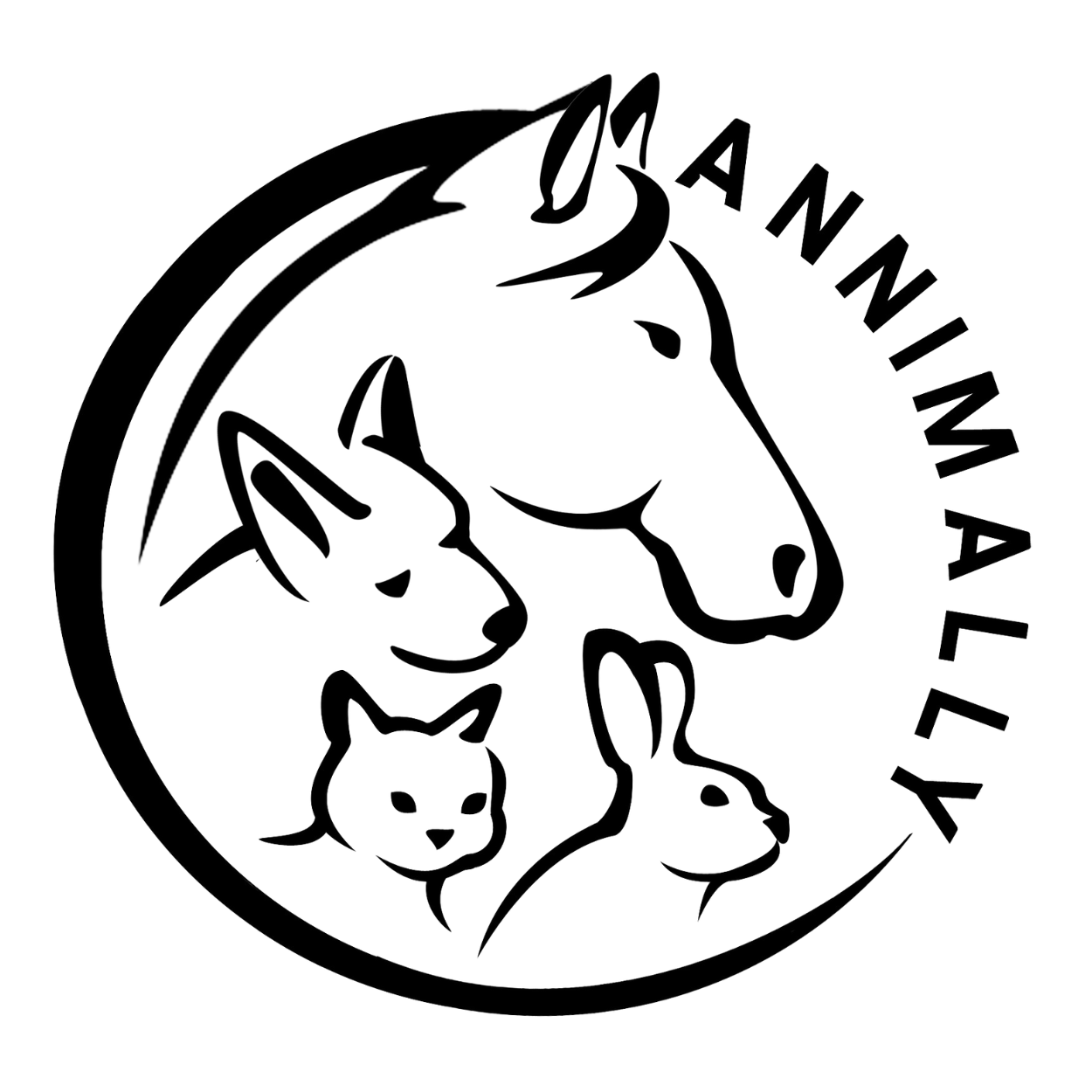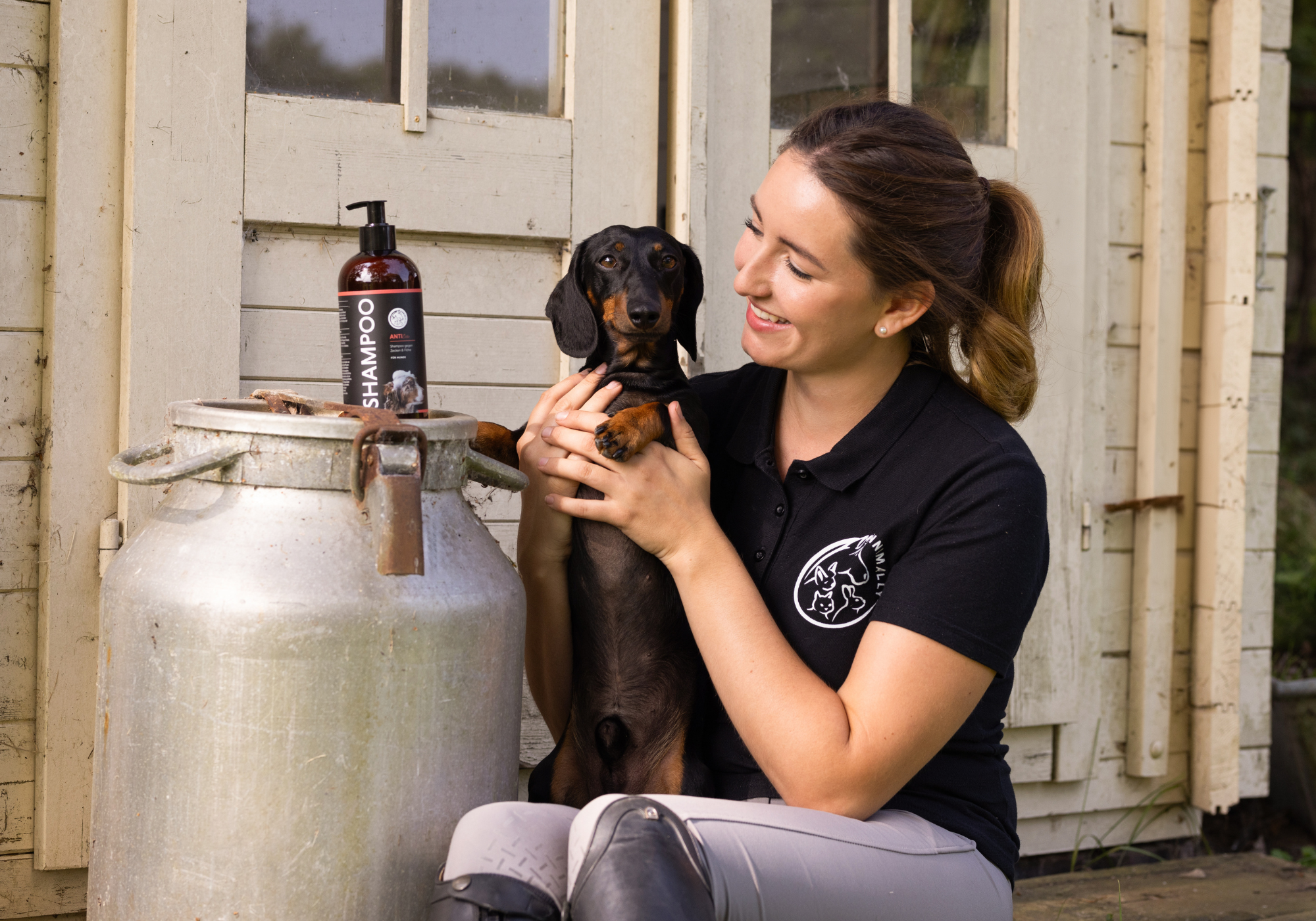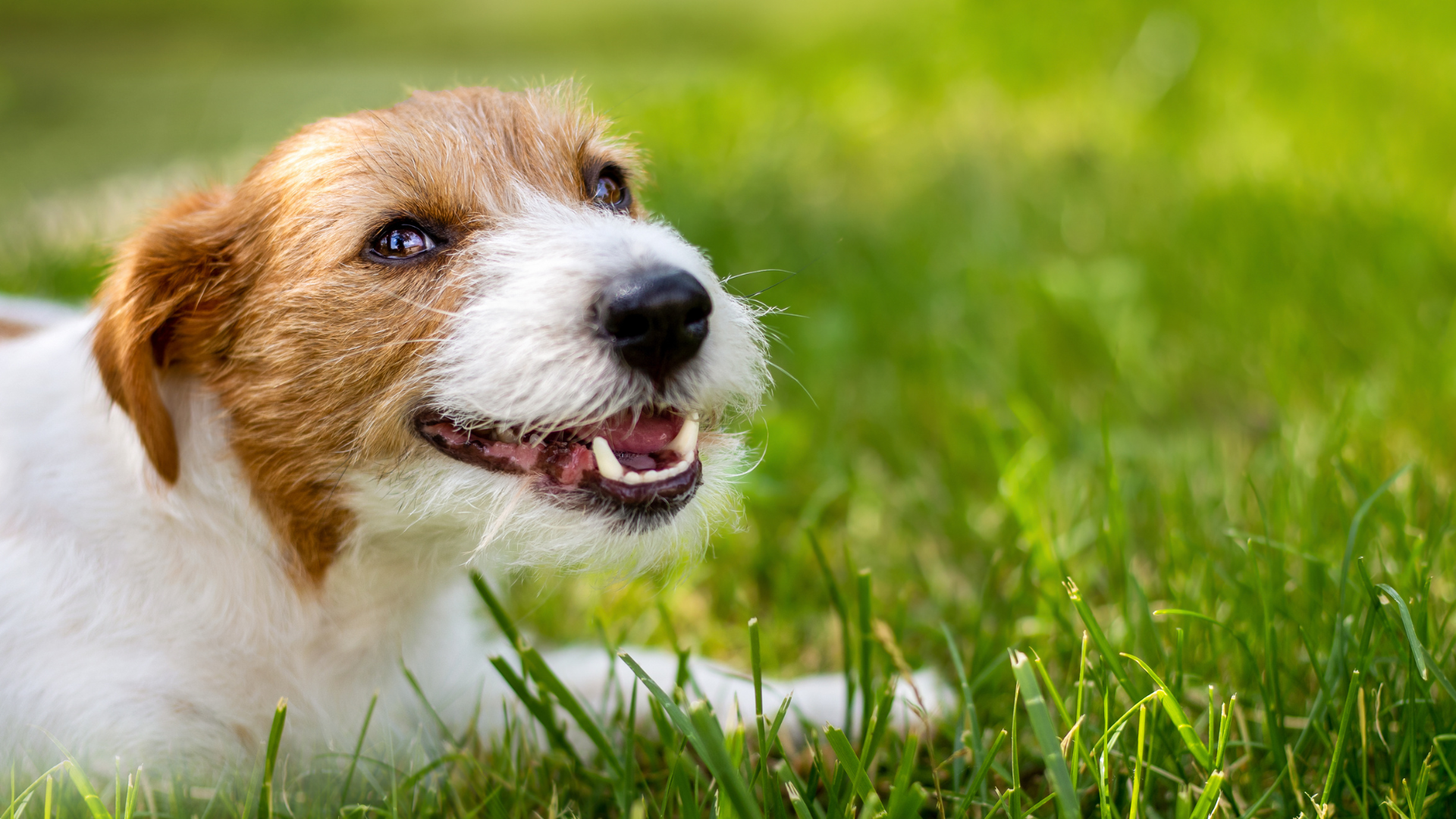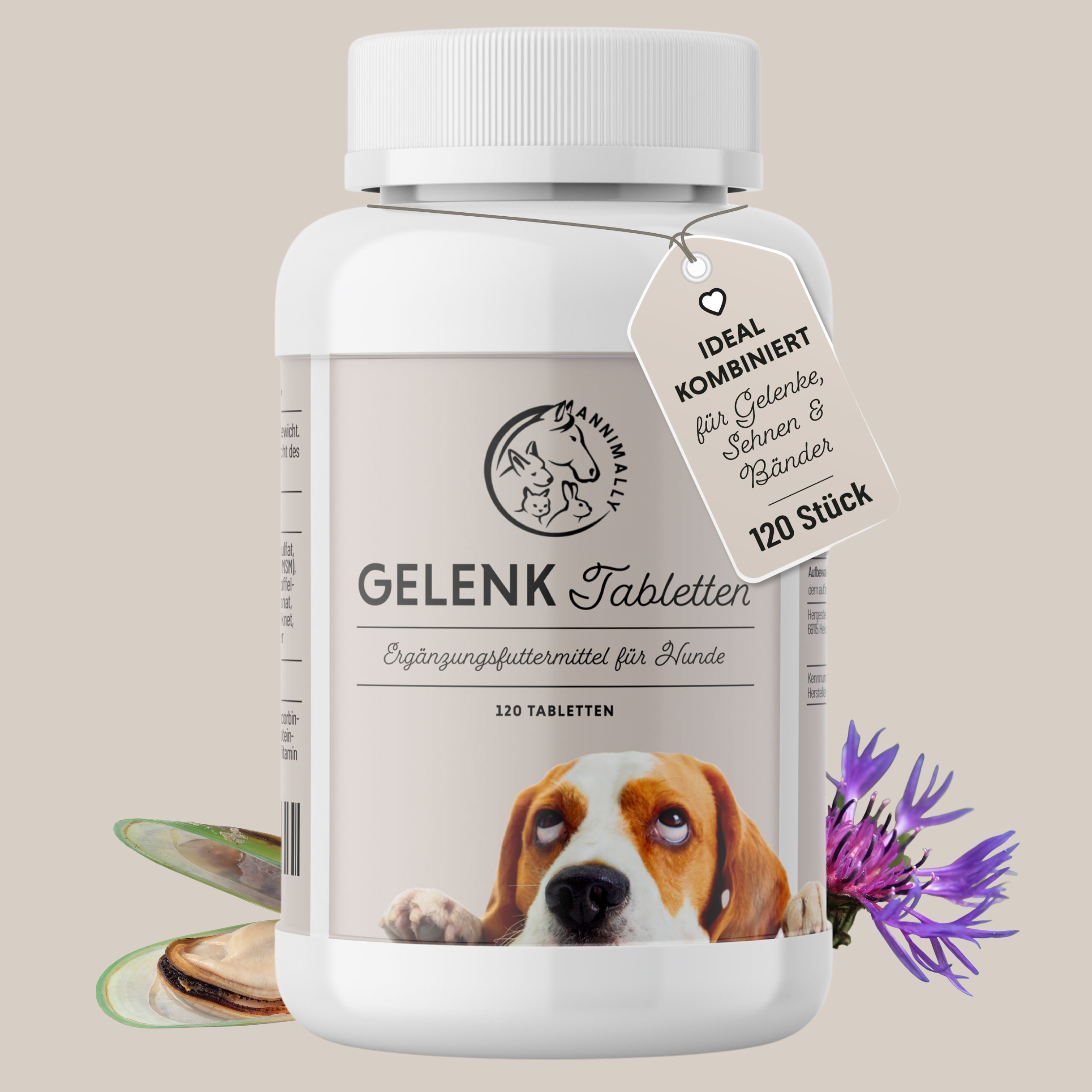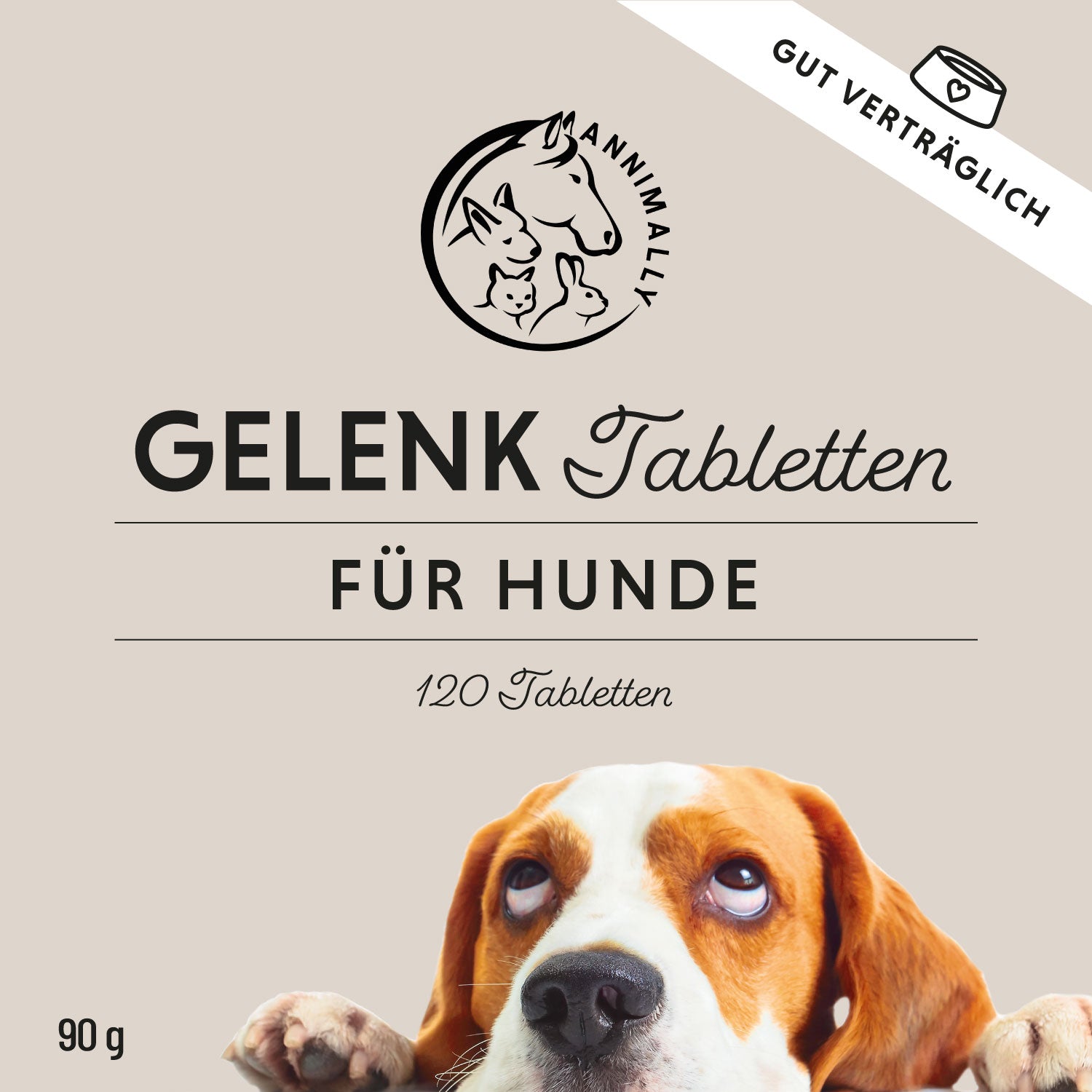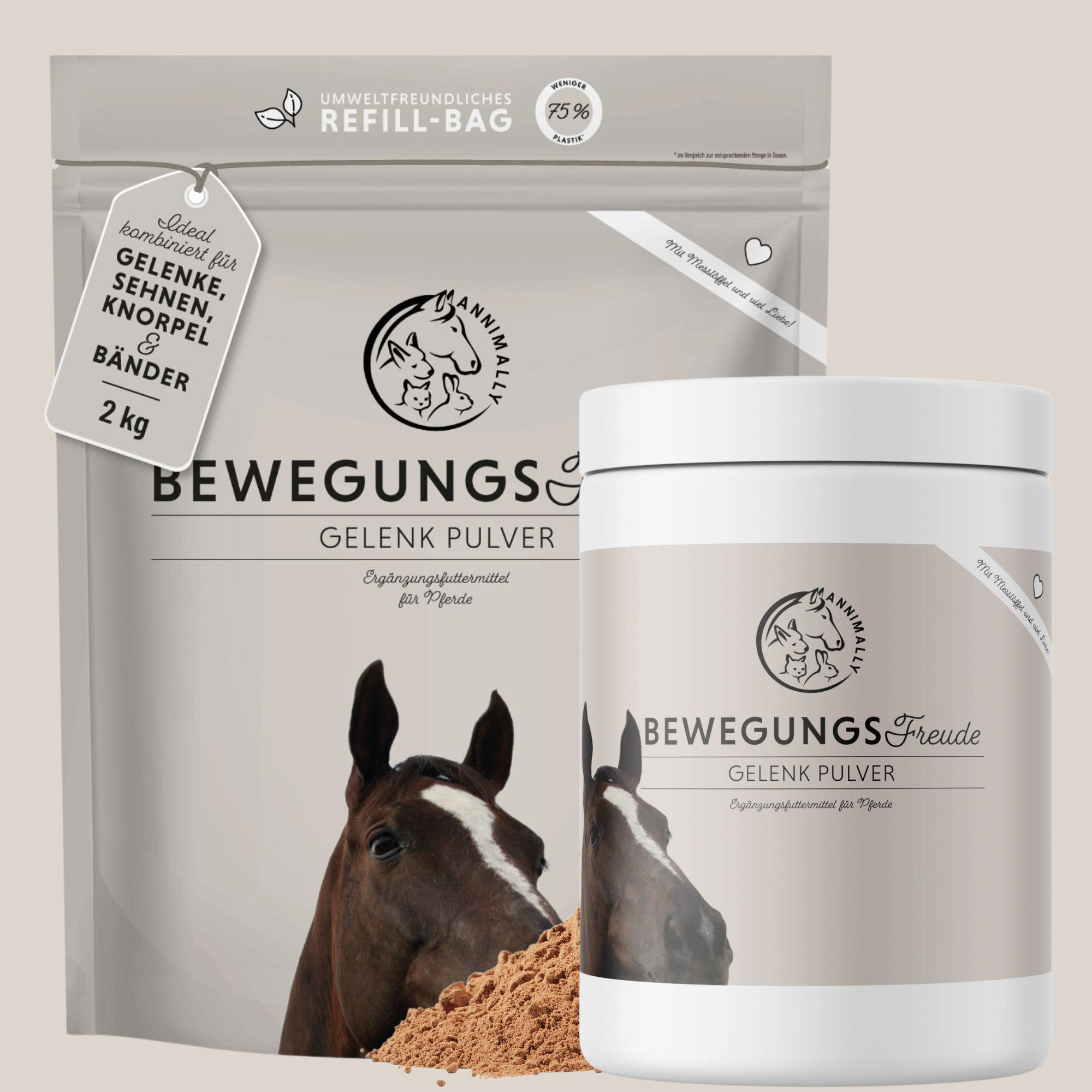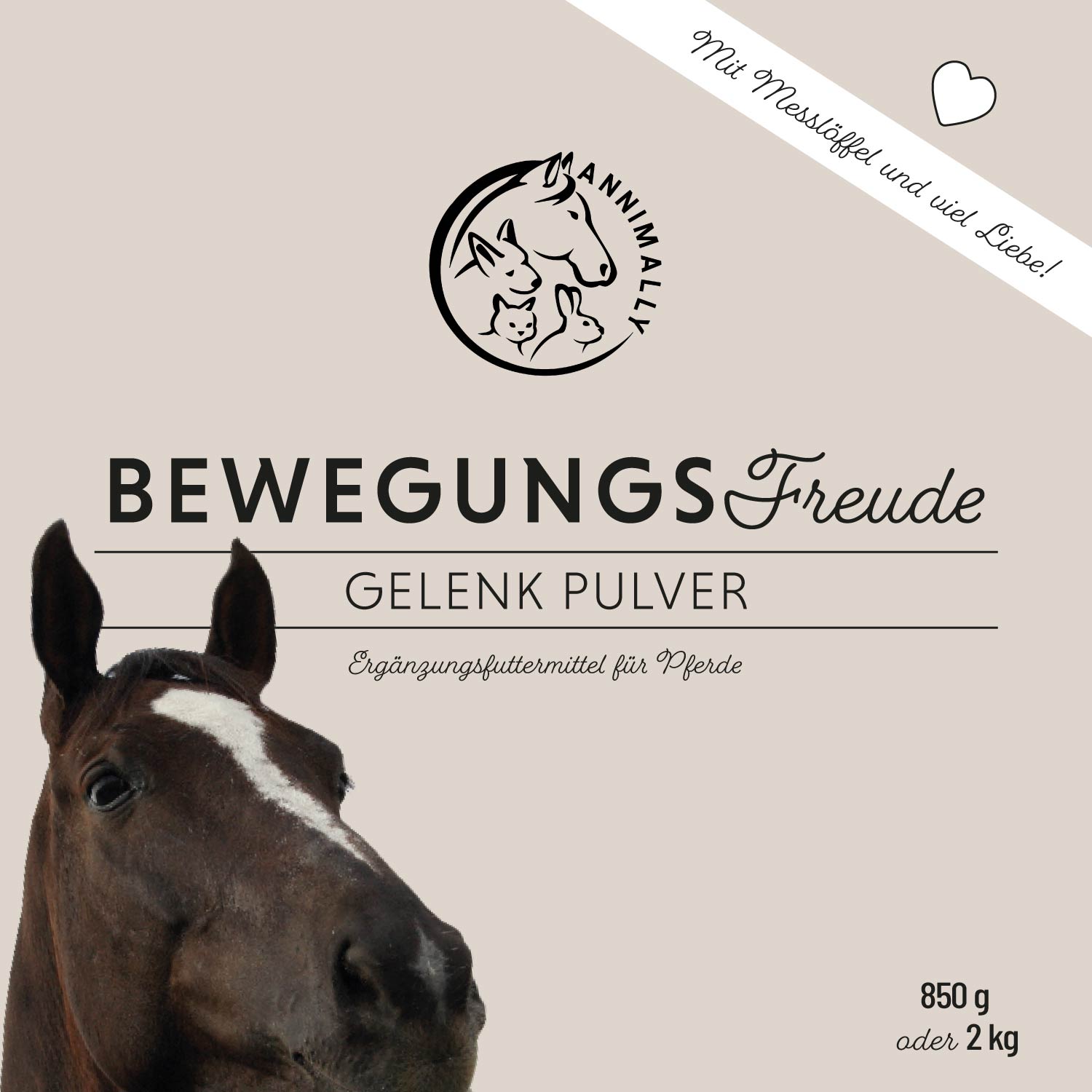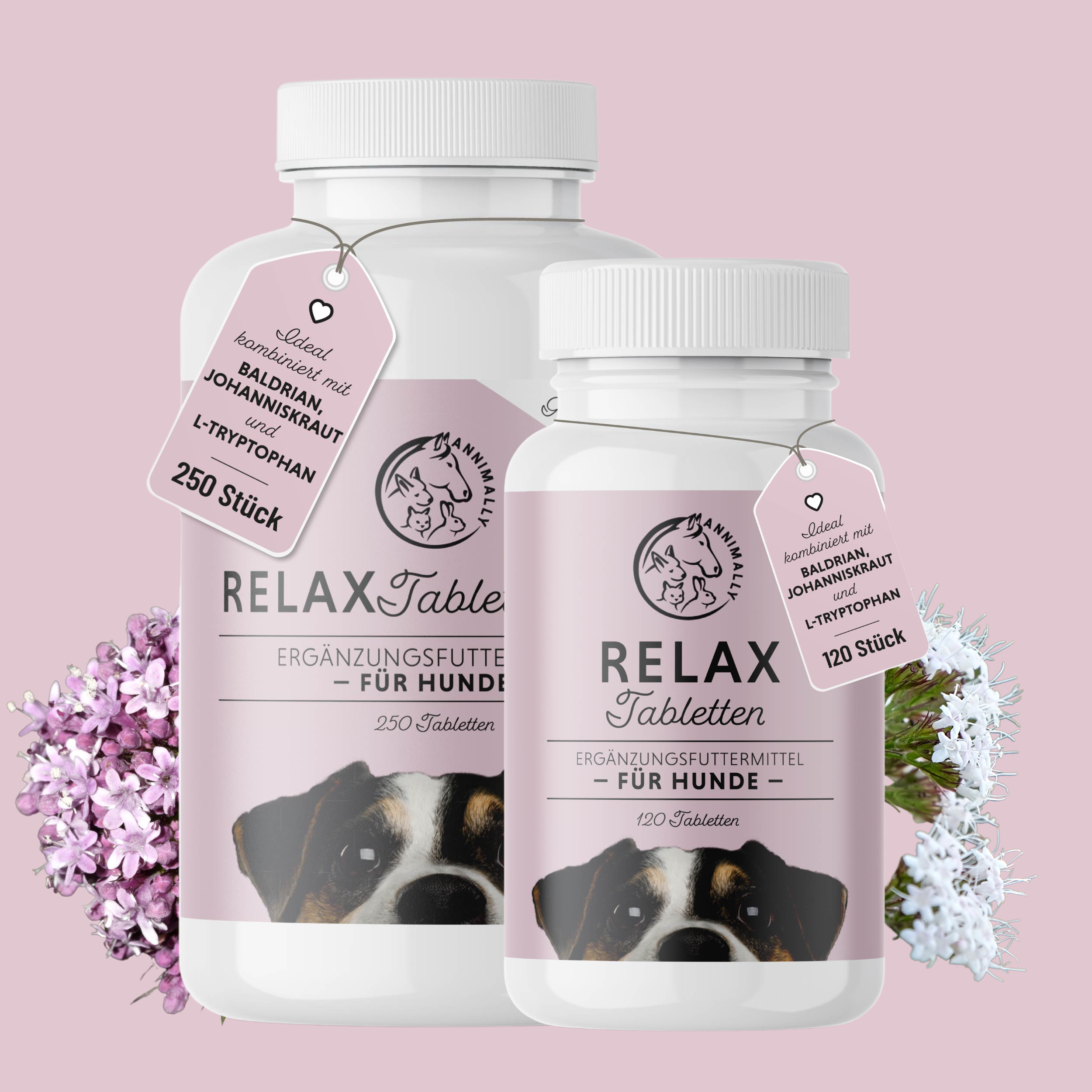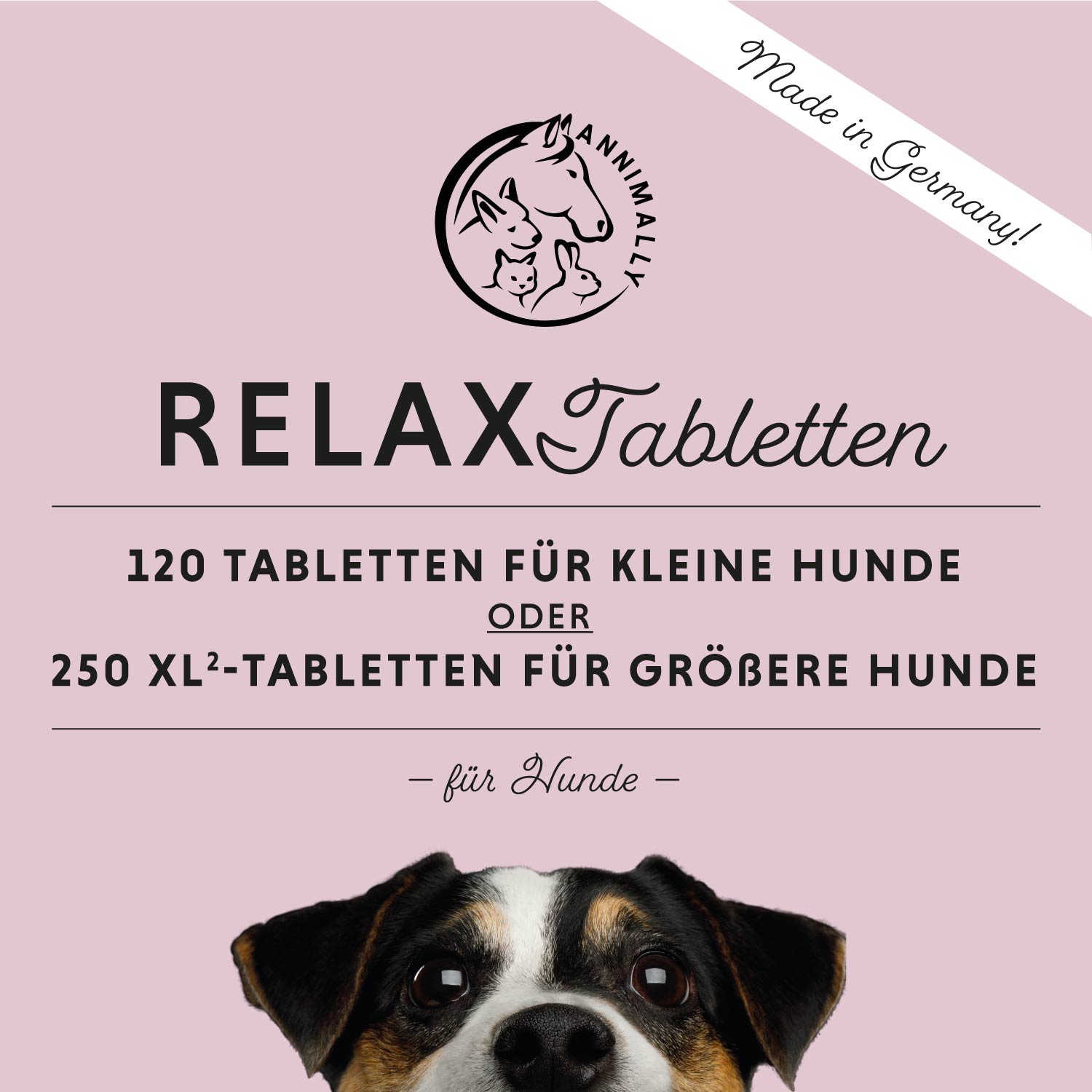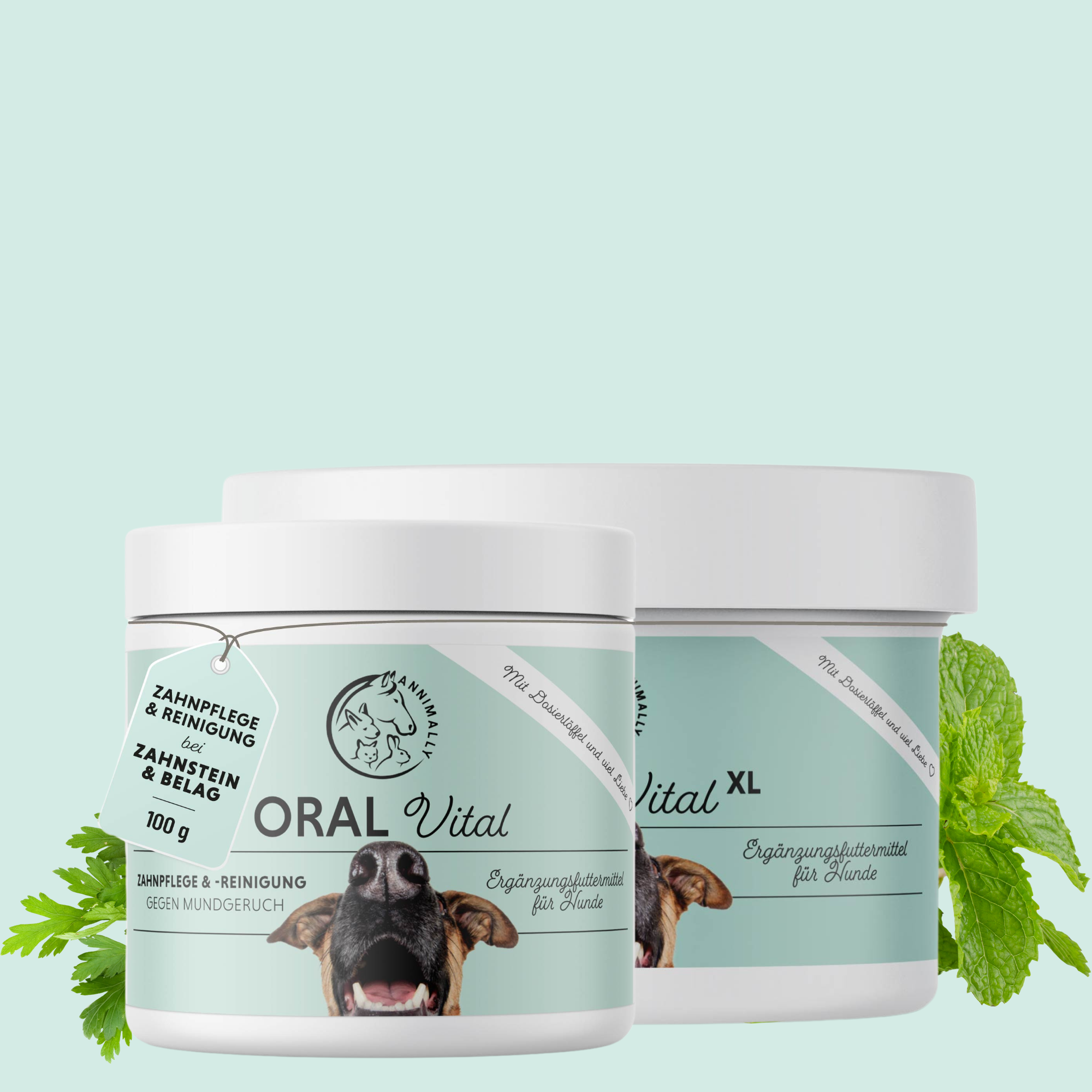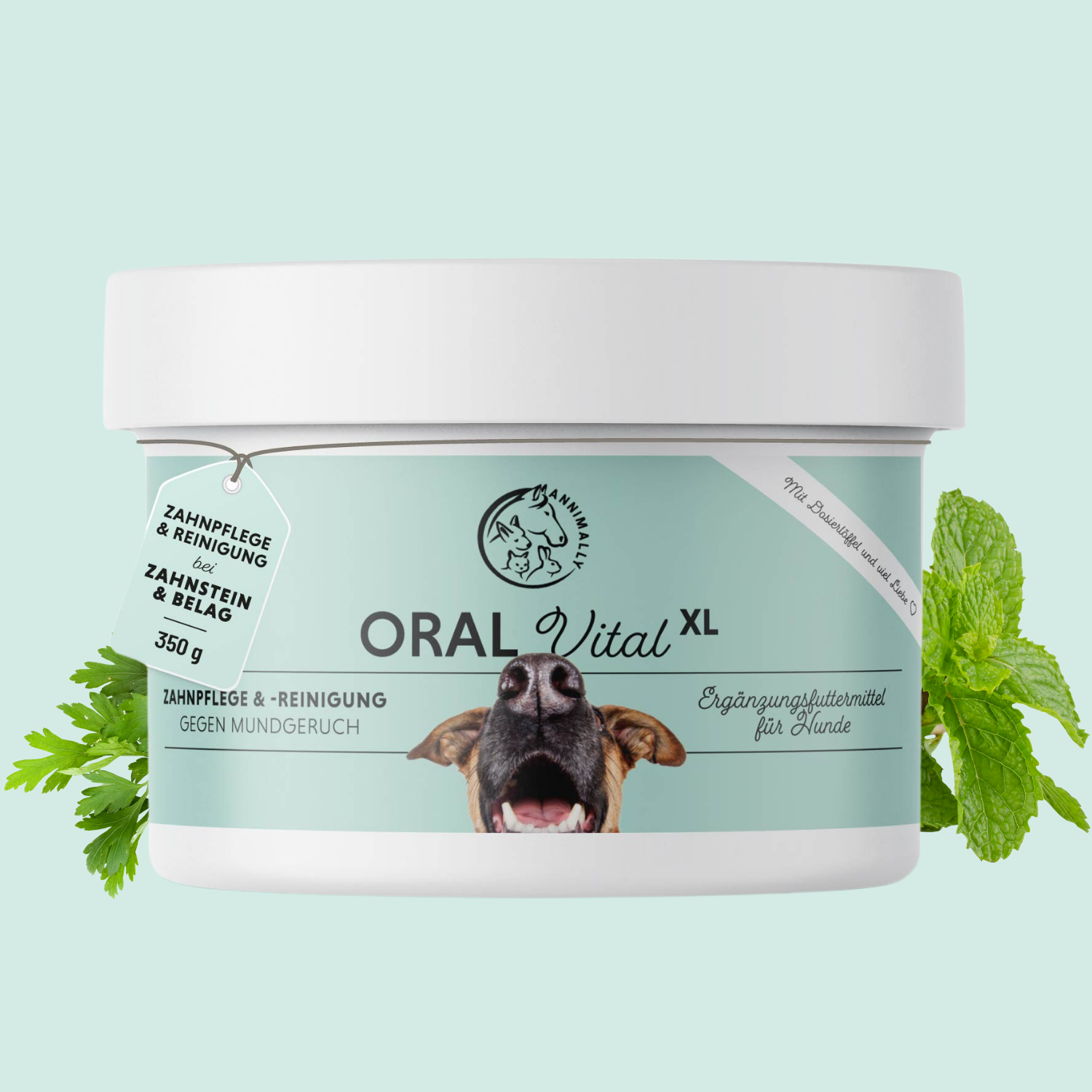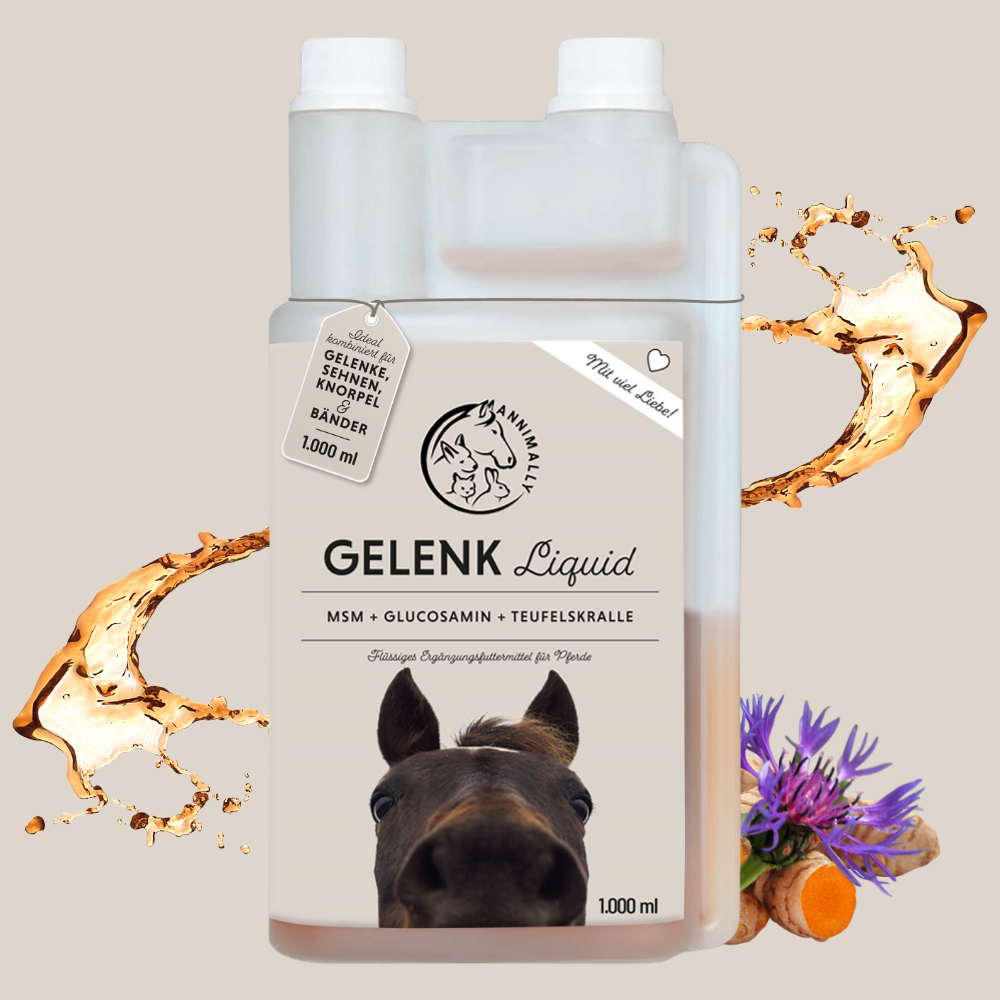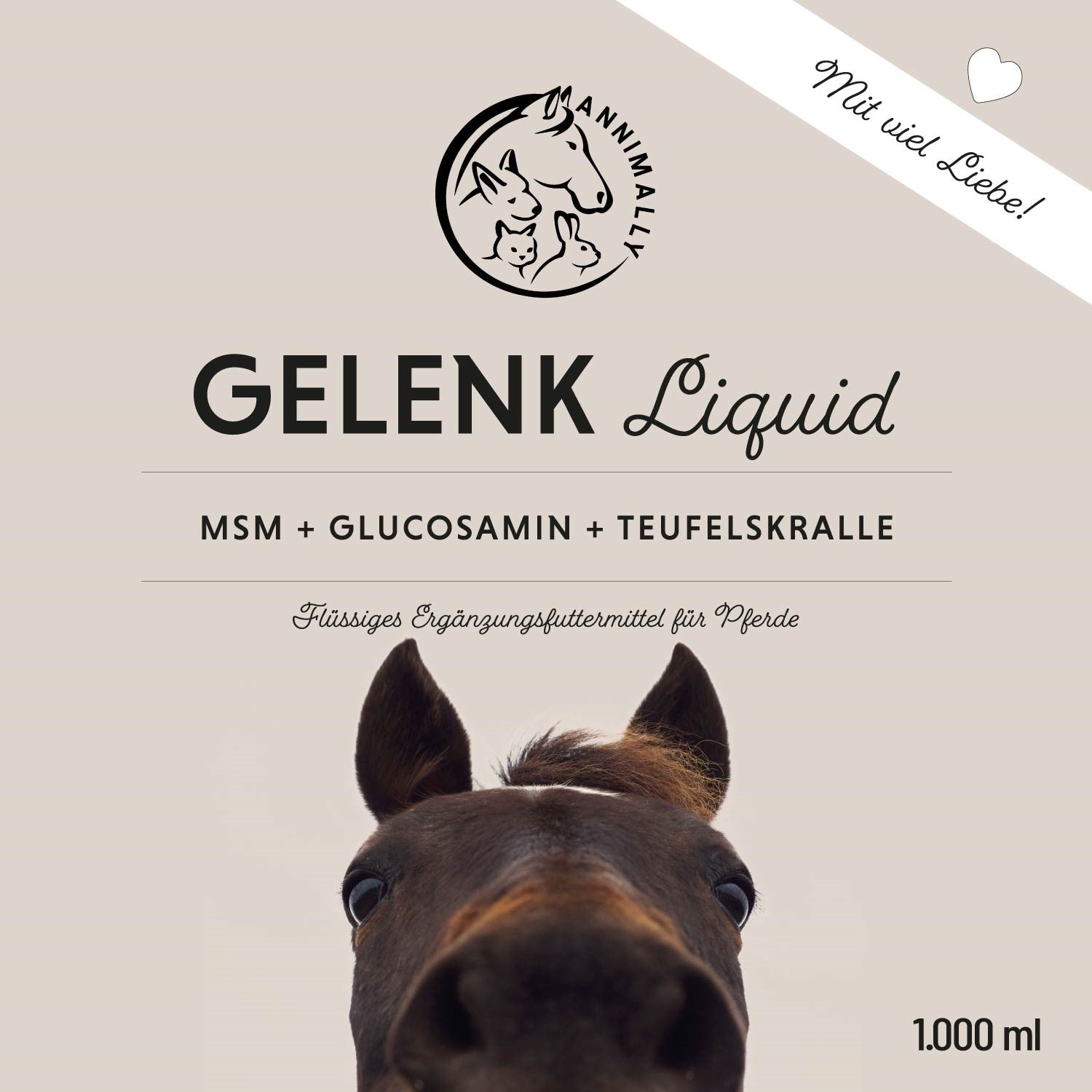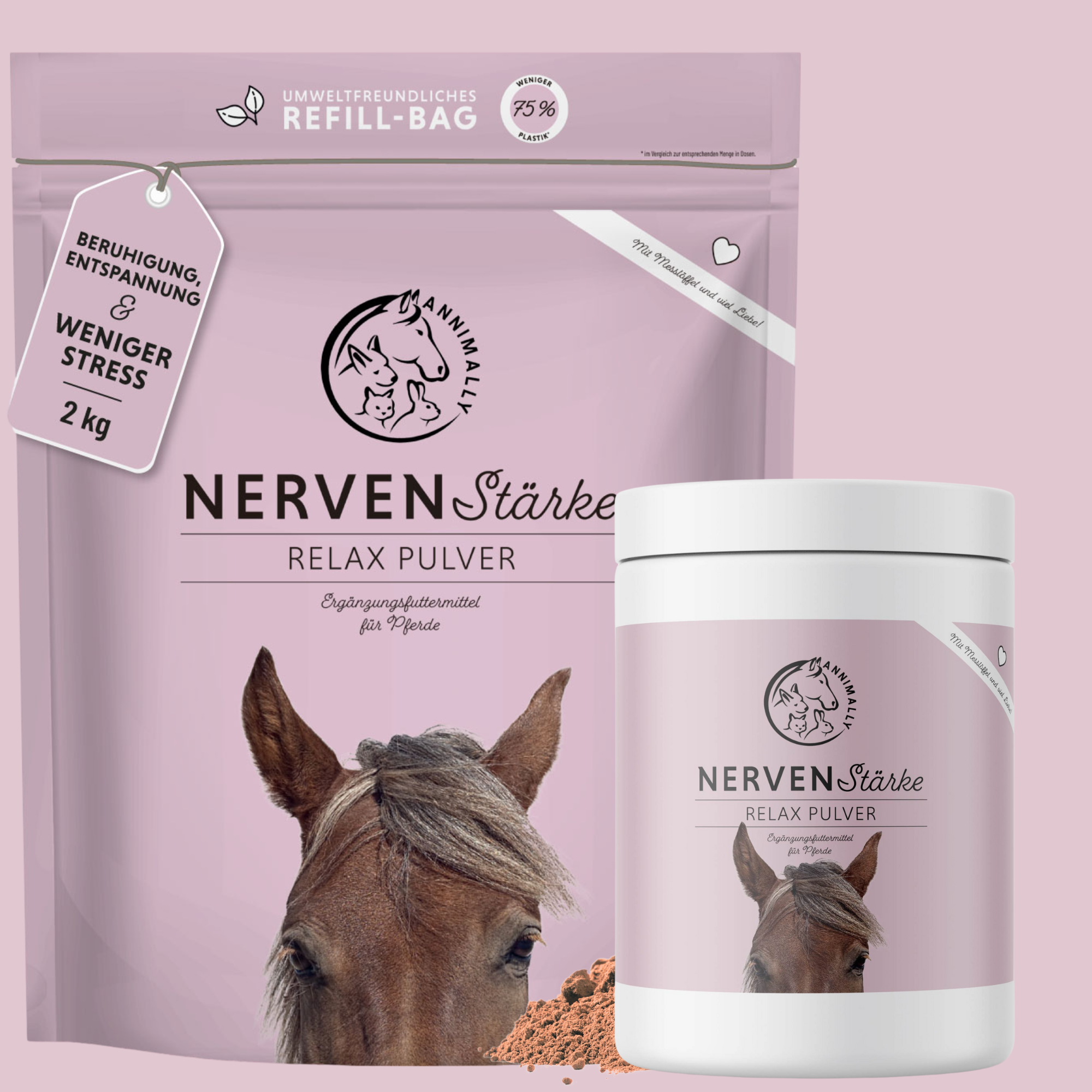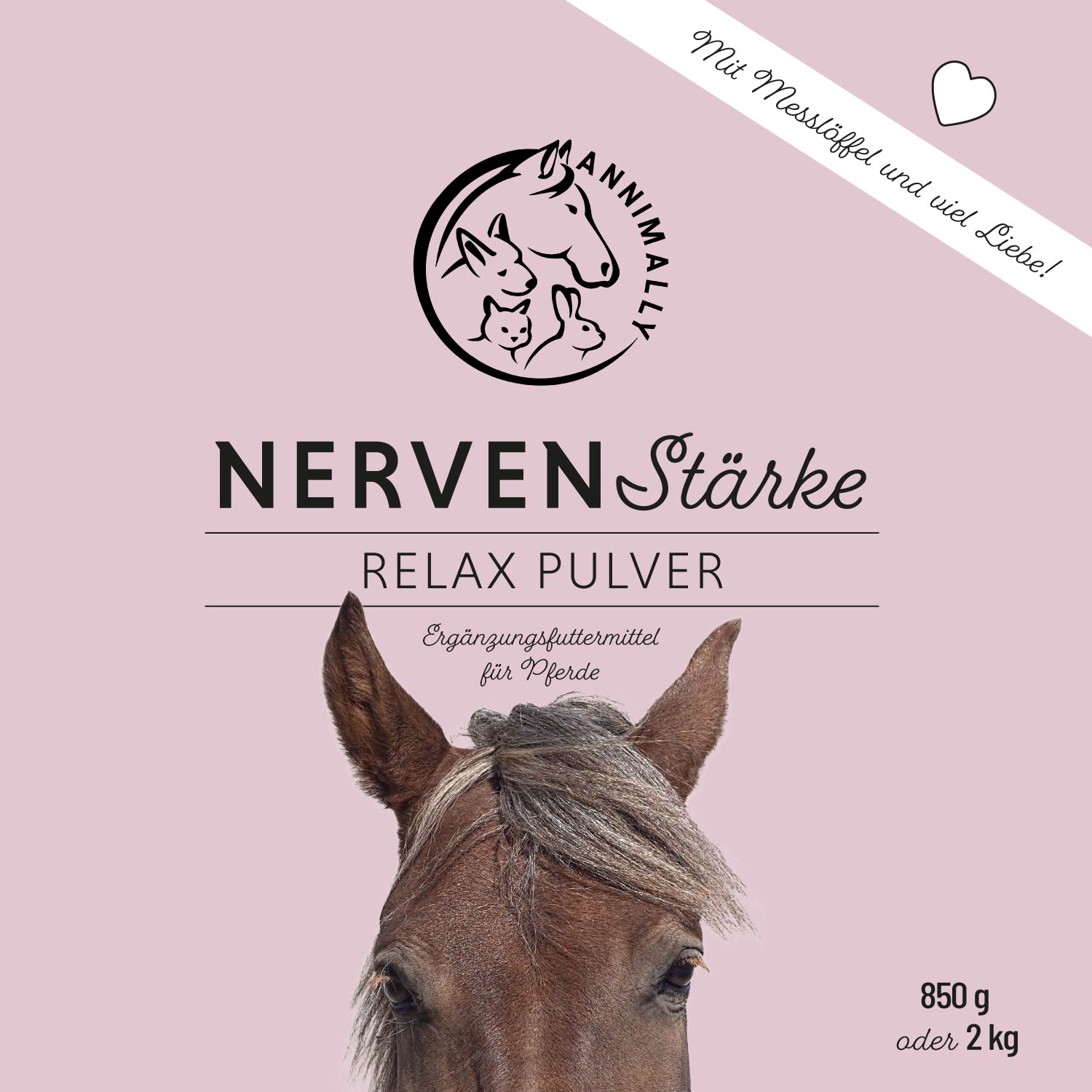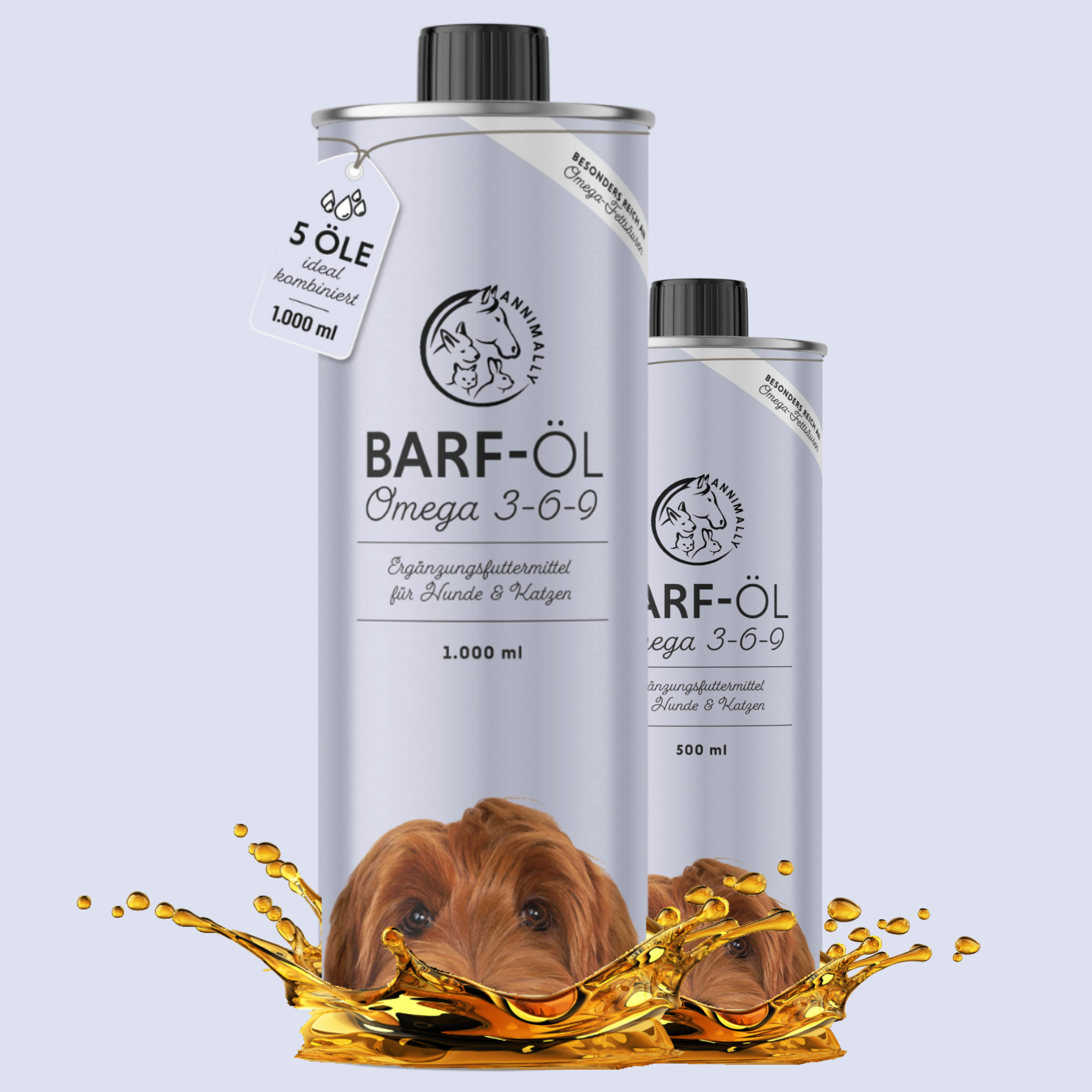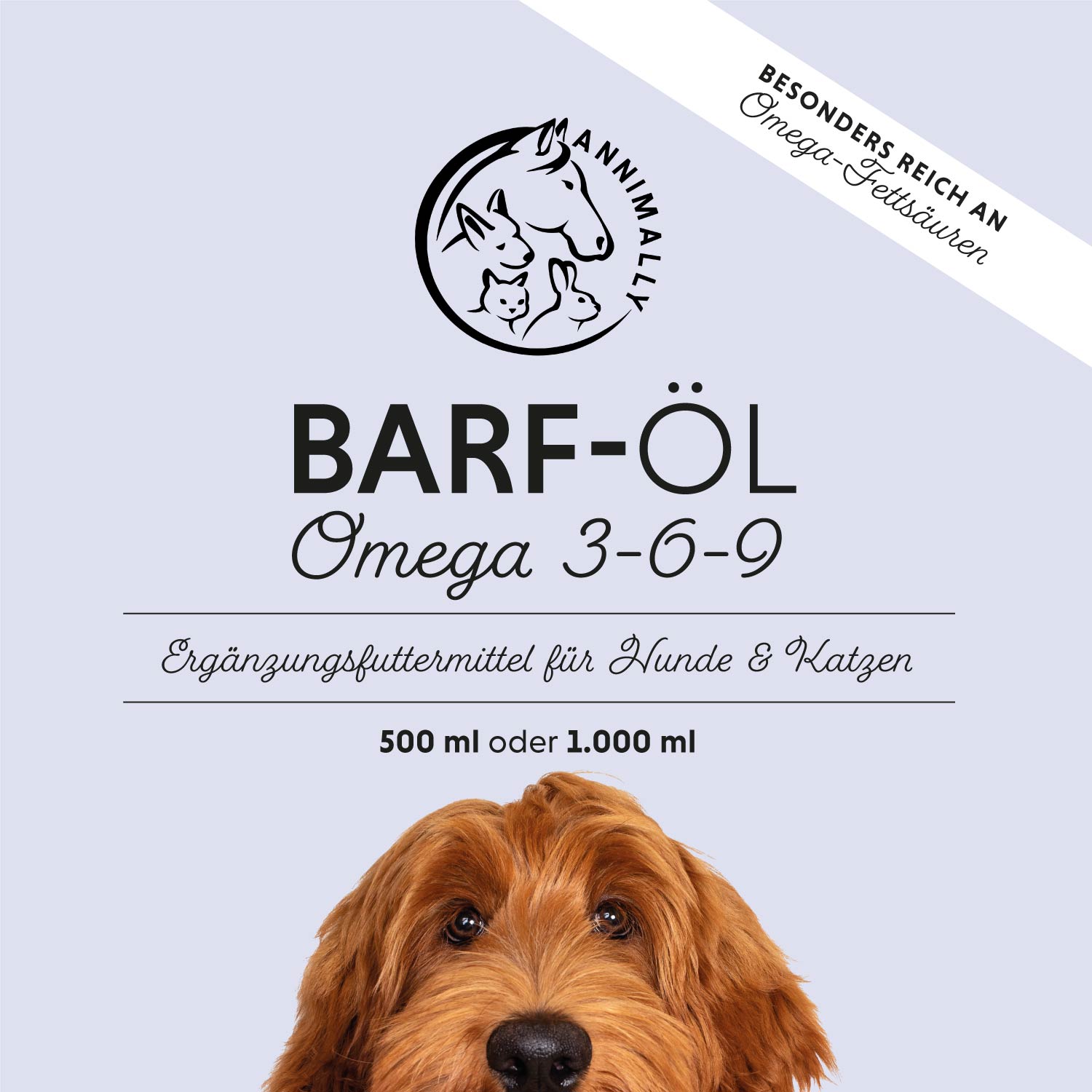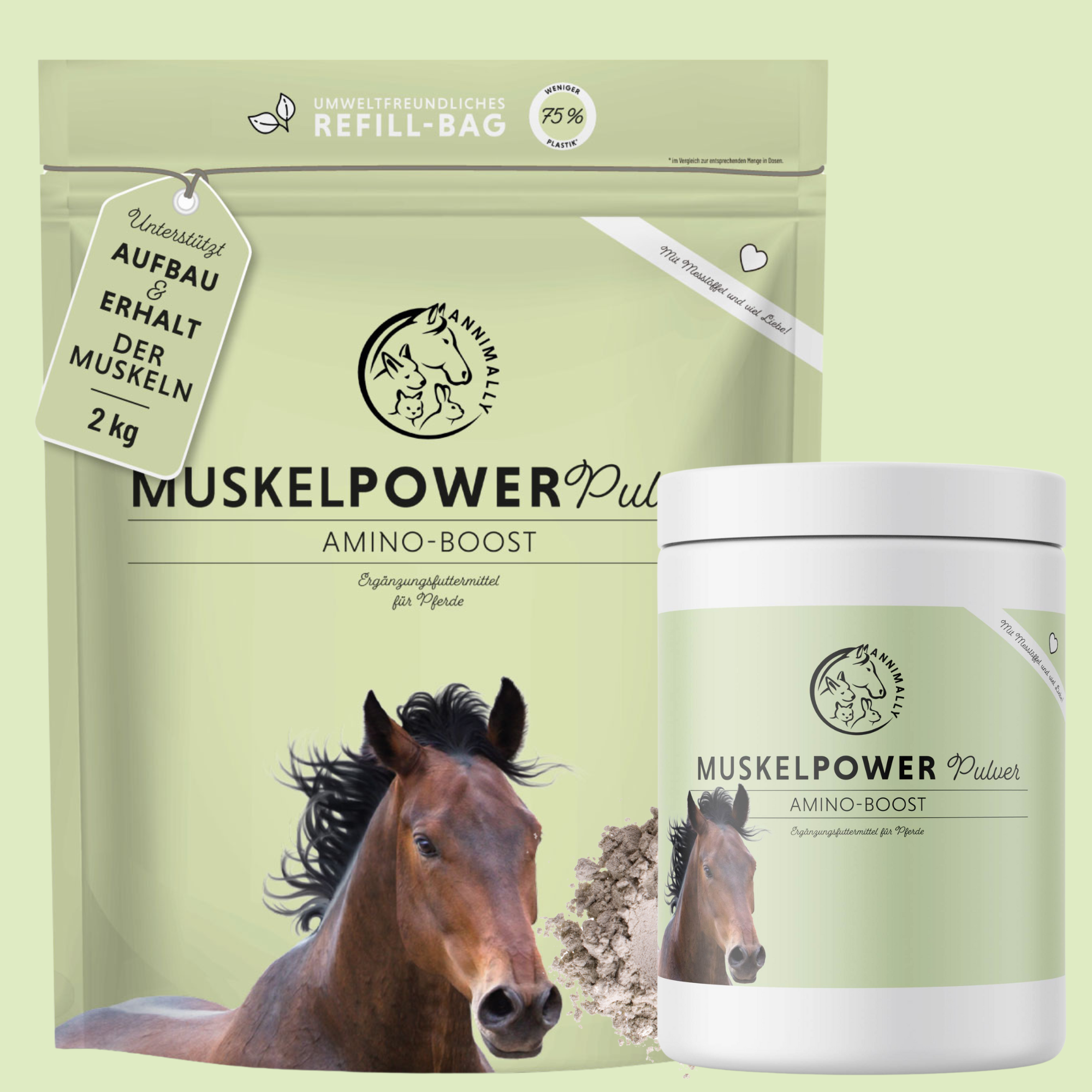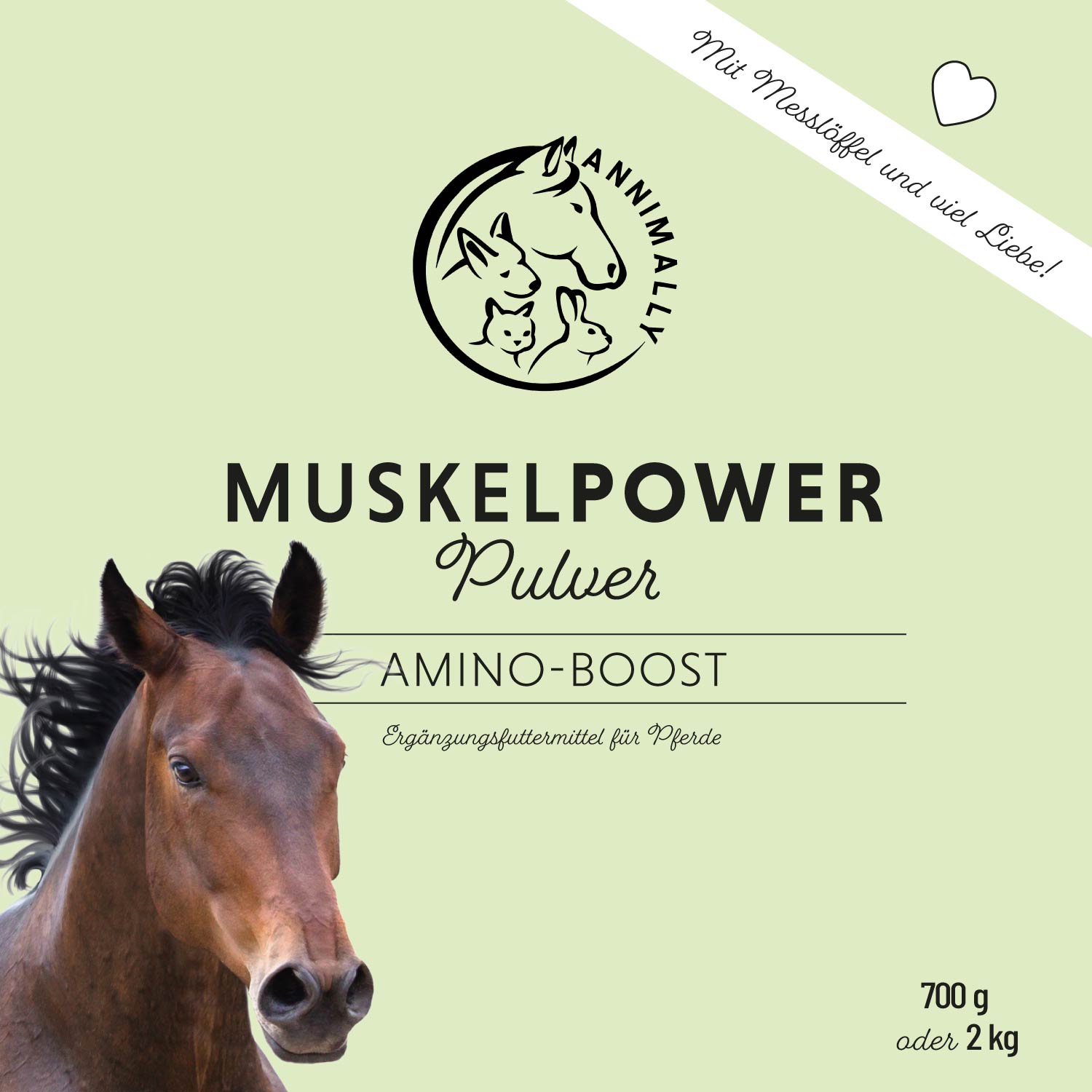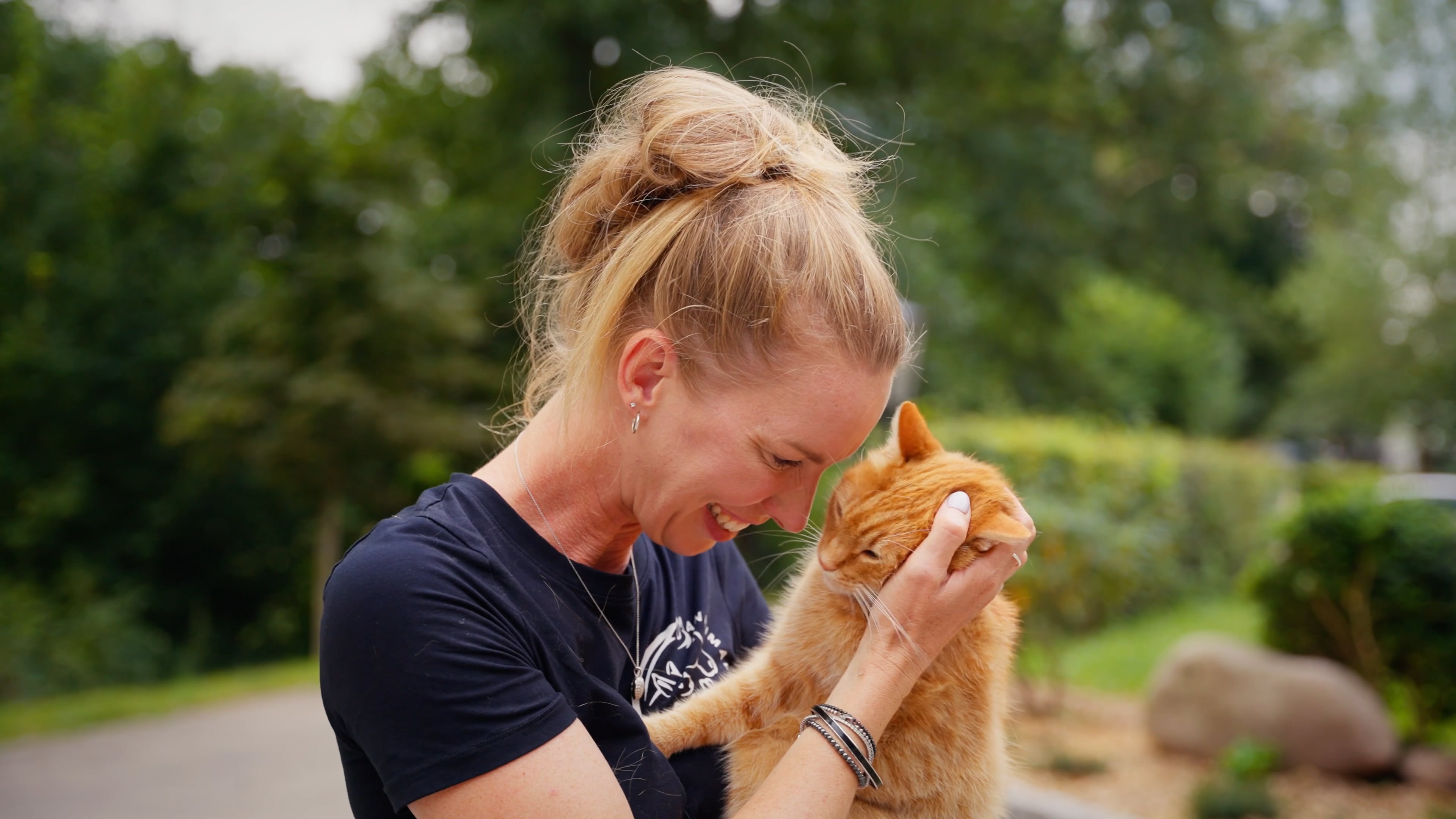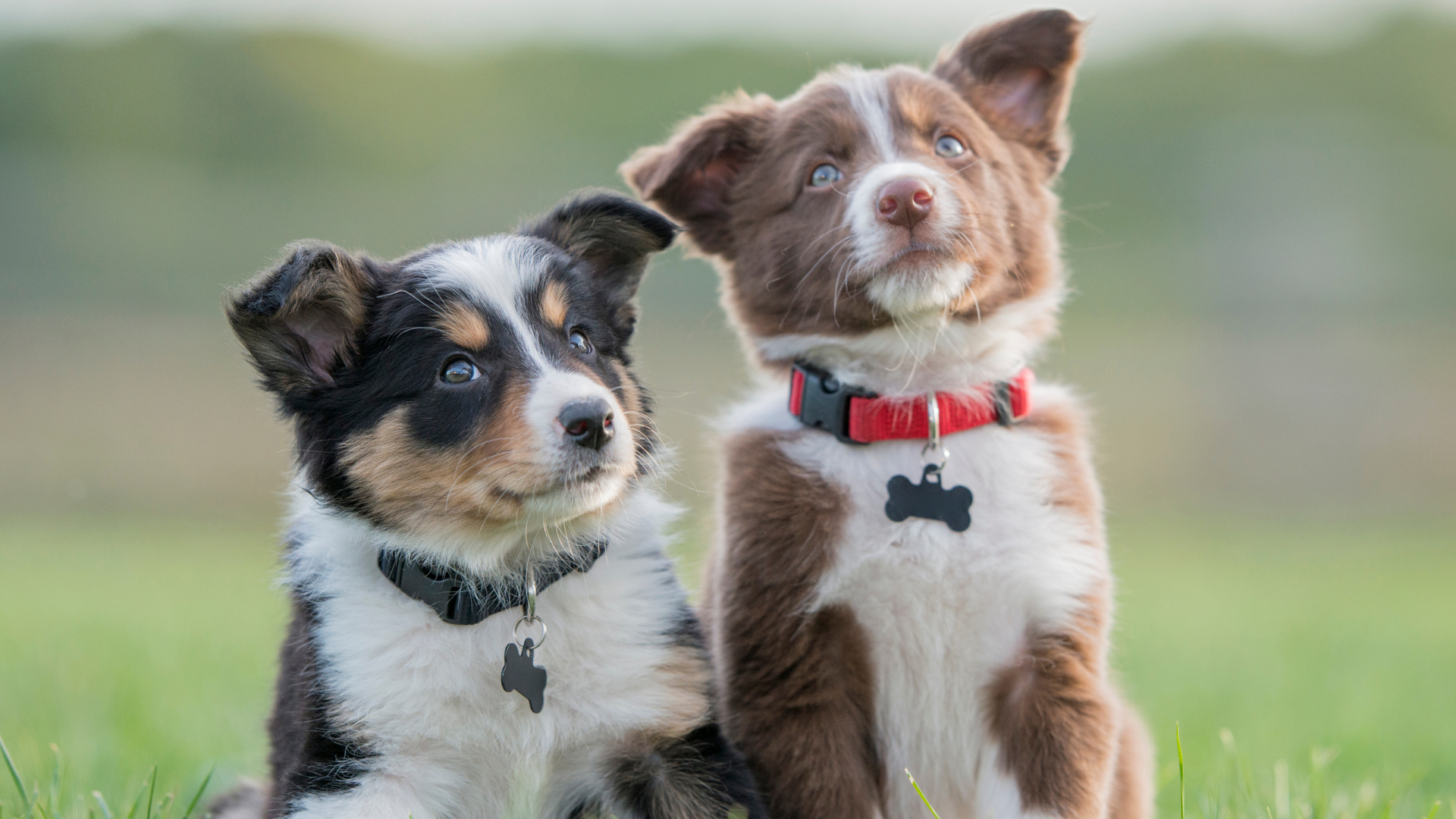
Teething in dogs – How you can support your four-legged friend
The change of teeth in dogs is a crucial phase in the life of your four-legged friend, especially in terms of your dog's dental health. Similar to us humans, your dog goes through this process to change from milk teeth to permanent dog teeth. During this time, many questions and uncertainties can arise.
How long does it take for a dog to change teeth? How can I support my dog during this time and how can I make the teething process easier for my puppy? What problems can arise during the teething process?
In this blog post, you as a dog owner will find out all the important information about teething in dogs and learn how you can best support your dog during this sensitive phase.
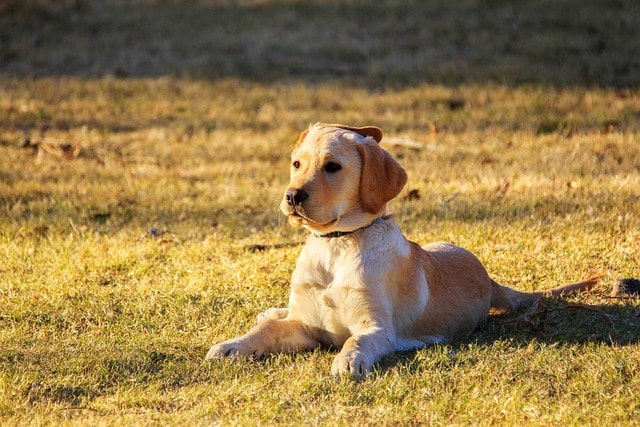
When does a dog's teeth start changing?
A dog's teething usually begins between the ages of 3 and 4 months. During this phase, puppies' milk teeth gradually fall out and their permanent teeth grow in. Your puppy will grow a total of 42 permanent teeth during this process - that's 14 more than the 28 milk teeth he has at the beginning of his life.
The exact time when a dog's teeth change can vary depending on the breed and individual development. Smaller breeds, such as Chihuahuas or Yorkshire Terriers, often start changing their teeth a little later, while larger breeds, such as Labrador Retrievers or German Shepherds, often go through this process earlier.
The change of teeth in puppies can be divided into roughly three phases:
-
3rd to 4th month of life: The first milk teeth, usually the incisors, begin to fall out and make room for the permanent incisors.
-
4th to 5th month of life: During this phase, dogs often lose their canine teeth. These are the noticeable “fangs” that are larger and pointier.
-
5th to 7th month of life: The molars and premolars, which play a central role in chewing, are replaced in four-legged friends.
This process can last until the 7th or even 9th month, depending on the breed and individual factors.
What signs indicate teething in dogs?
During the teething period, your puppy will show typical behavior and physical symptoms that indicate that his teeth are changing. The most common signs include:
Chewing and gnawing during teething
One of the most obvious signs is intense chewing. In this case, your dog will try to relieve the unpleasant feeling in the gums by chewing on objects. The gums can be irritated and sensitive during the teething process and chewing on them provides relief. You should make sure to offer him suitable chew toys to avoid damage to furniture, shoes or other household items.
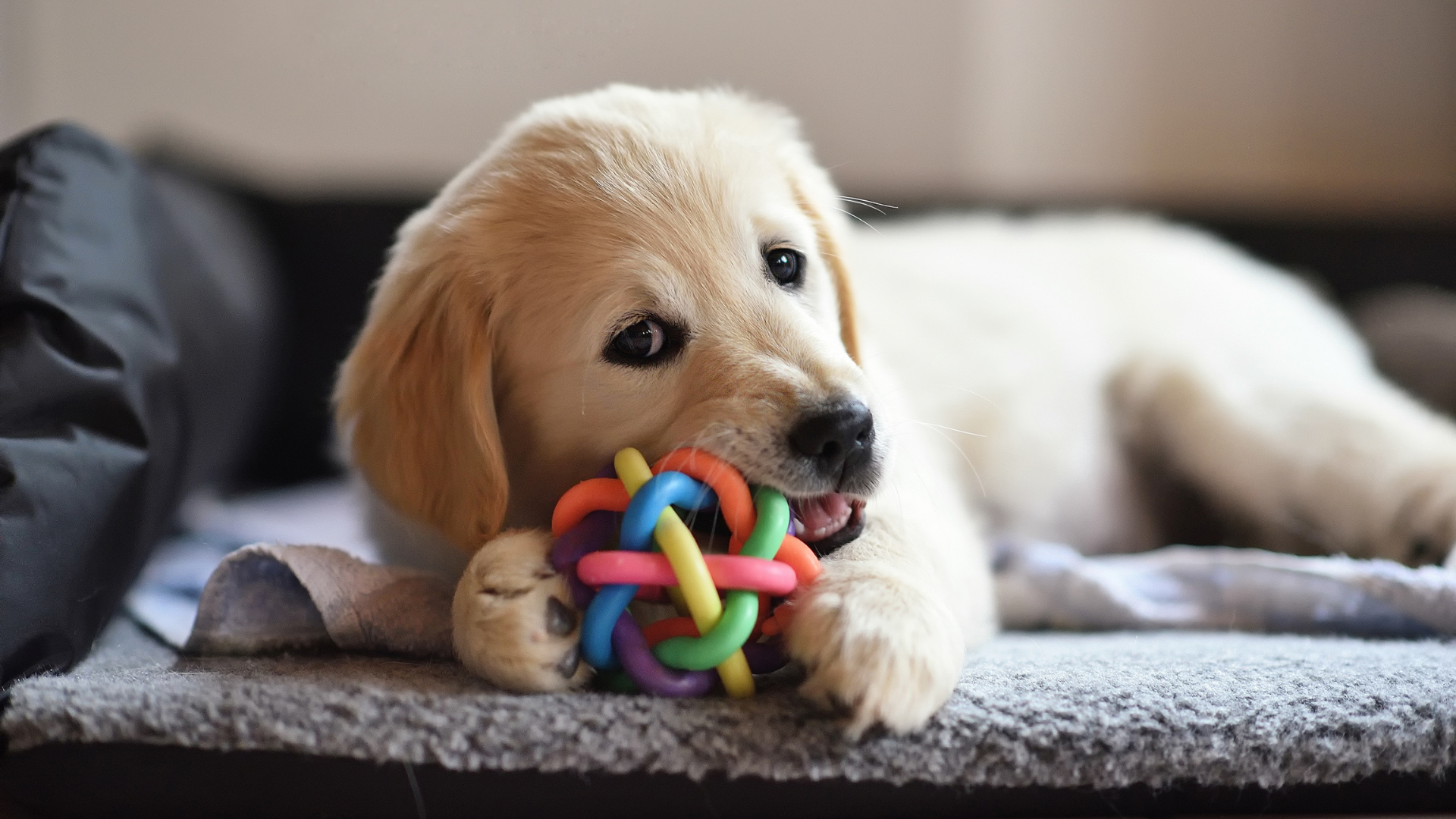
Increased drooling in dogs
If your dog suddenly drools more than usual, this could be another sign of teething. The gums are irritated during this time and are kept moist by the drooling, which has a soothing effect.
Bloody gums during the change of teeth in your four-legged friend
It is not uncommon for some gum bleeding to occur during the teething period, when baby teeth fall out and new teeth come in. If you see traces of blood in the bowl or on toys, this is usually nothing to worry about as long as the amount is small.
Milk teeth in the bowl or toy
From time to time, you may find small baby teeth in your dog's food or water bowl or in his toys. This is a normal part of the teething process and shows that your puppy's teeth are gradually falling out.
Decreased appetite
Some dogs have less appetite during teething or eat more slowly because chewing can be painful. In such cases, it can be helpful to soak the food a little to make it softer and easier to digest.
How to help your dog during teething
Teething can be uncomfortable for your dog, but there are several ways you can support him:
Suitable chew toys
Since your dog has an increased need to chew during the teething process, you should offer him special chew toys. Make sure that the toy is not too hard so as not to put additional strain on the sensitive gums. Toys made of soft rubber or those that can be cooled often have a particularly calming effect.
Gum care to support dental health
Some dogs enjoy having their gums gently massaged. There are special finger cots or soft toothbrushes that can be used for this purpose. Be sure to do this gently so as not to irritate the sore area even more.
Offer soft food
If your dog has trouble eating hard food, you can soak his dry food in water or broth. Soft snacks or special puppy food can also make it easier for him to eat.
dental care training
It is a good idea to get your dog used to dental care while the teeth are changing. Start with short, positive training sessions in which you gently clean the teeth with a dog toothbrush and special dog toothpaste. This not only promotes oral health, but also helps prevent tartar and tooth decay in adulthood.
calm and patience
Teething is a stressful time for your dog. Leave him alone during this time if he withdraws and be careful not to overwhelm him. Give him the opportunity to rest and play and eat at his own pace.

Common problems during tooth change
Although teething occurs without major complications in most dogs, there are some problems you should watch out for:
Persistent milk teeth
Sometimes the milk teeth do not fall out in time, even though the permanent teeth are already coming through. These so-called persistent milk teeth should be removed, as they can otherwise lead to misalignment and problems with chewing. This problem often affects the canines.
misalignments
In some cases, the new teeth may grow crooked, especially if the baby teeth are still in the jaw. This can lead to problems with eating later on or chronic dental disease. If you notice any misalignment, it is advisable to consult a veterinarian.
gingivitis
During the change of teeth, your dog's gums can be particularly sensitive. Watch for signs of inflammation such as severe bleeding gums, pus or a bad smell from the mouth. In such cases, you should see a vet as soon as possible.
Dental care after the change of teeth
Once your dog has lost all of his baby teeth and his permanent teeth have fully erupted, it is especially important to begin regular dental care. As with people, dogs can develop tartar, tooth decay, and other dental diseases if their teeth are not cleaned regularly.
brushing your teeth
Daily dental care for your dog is crucial. Use a dog toothbrush and special toothpaste that is suitable for dogs. Start with short training sessions and reward your dog so that he associates brushing with positive experiences.
dental care snacks
There are special dental care chew sticks and snacks that help reduce plaque and massage the gums. They are a good addition to daily dental care, but should not completely replace brushing.
Regular check-ups with the veterinarian
Have your dog's teeth checked regularly by a veterinarian. In some cases, professional teeth cleaning is necessary to remove tartar and prevent disease.
The transition from puppy to adult food
Teething is also a good time to think about switching from puppy food to adult food. This usually happens between 7 and 12 months of age, depending on the size and breed of your dog. When changing food, you should proceed gradually to avoid digestive problems. Start by mixing small amounts of the new food into the puppy food and increase the amount over about two weeks.
Conclusion: Patience and support during the change of teeth
The dog's teeth and the associated change of teeth is an important but also challenging period in your puppy's life. During this time, a lot happens in his little body and you will notice some changes in his behavior.
Your dog may suffer from sore gums, drool more, or chew on objects more often. Even slight bleeding in the mouth is completely normal during the teething process. It is your responsibility to offer him the support he needs and to accompany him through this time.
With the right measures, you can make the teething process easier for your dog. Suitable chew toys are particularly important here to prevent him from chewing on furniture or shoes and at the same time to give him relief. Soft food or soaking dry food helps with the teething process if chewing is painful. Make sure to take regular care of your teeth and gums to prevent inflammation and to get your dog used to dental hygiene from an early age.
Even if the change of teeth goes smoothly for most dogs, you should not ignore possible complications such as persistent milk teeth, misaligned teeth or inflammation. In such cases, it is advisable to see a veterinarian early on. With your care and patience, you lay the foundation for healthy teeth in adulthood.
Don't forget: Teething is also a good time to plan the transition from puppy to adult food once all of the permanent teeth have come in. Make sure to make the transition gradual so that your dog's digestive system can get used to it.
With a lot of patience and the right care, your dog will master this phase well and develop healthy, strong teeth that will last him his entire life.
